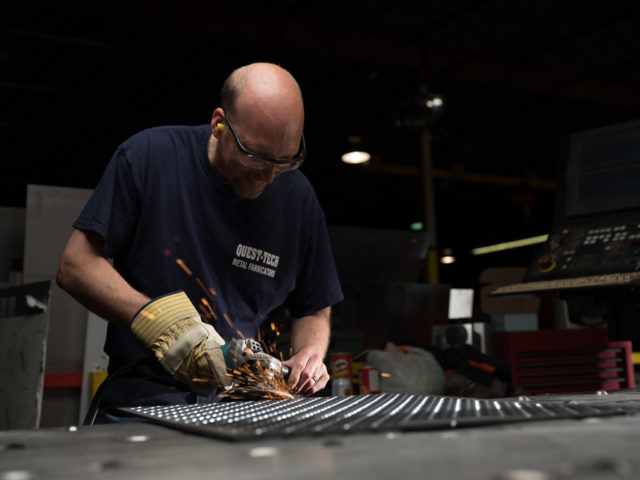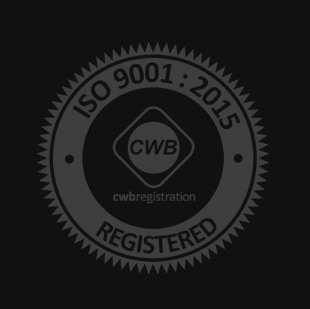While stainless steel is generally extremely corrosion-resistant, there are certain contaminants that can alter the protective layer of custom steel fabrication parts. It is best practice to take preventative cleaning measures in order to maintain stainless steel surfaces and ensure pieces are kept safe from exposure.
Causes of Stainless Steel Corrosion
There are several common causes of stainless steel corrosion, including but not limited to:
● Chlorides
● Sulfuric acids
● Hydrochloric acids
● Iron or carbon steel (any contact)
● High temperatures
Because there are over 150 grades of stainless steel, it’s inevitable that some grades will be more prone to corrosion than others. Make sure you consider the type of stainless steel you will be using for your application to best understand how to clean and maintain its form.
Best Cleaning Methods for Stainless Steel
To truly extend the service life of your custom steel fabrication, there are a few best practices to follow when cleaning stainless applications.
● Always be sure to use stainless steel tools and other components
● Wear clean gloves to avoid contamination
● Do not use steel wool or other abrasive scrubbing pads
● Avoid any contact with chloride solutions (such as bleach or disinfectants) which break down passivity layer
● Clean surfaces as soon as possible to avoid corrosion
Routine Cleaning
Keep it simple! The easiest way to clean stainless steel is with a soft cloth and warm water. If you are cleaning a larger application, such as sheet metal, a hose or power washer that is capable of spraying warm water is ideal.
Moderate Tarnish
If you need a bit more strength, you can also use vinegar and chloride-free detergents. The caveat with these cleaners is to ensure that you rinse thoroughly, as leftover residue can cause damage to stainless steel. Additionally, make sure you don’t soak your parts – long-term exposure can also damage steel.
Tough Stains
Have severe discoloration or tarnish? You may need to use a more aggressive approach than a holistic cleaner, and in this case, it’s best to enlist the use of a commercial stainless steel cleaner to get the job done. Most of these commercial cleaners are very effective on tarnishes as long as you follow the instructions closely.
If you’re dealing with grease and oil contact, the best cleaners to use are alkaline-based, as they contain the agent needed for tough residue to be removed from the surface.
Stainless Steel Maintenance
What it all comes down to with stainless steel maintenance is using precaution around your applications and parts. For example, any grinding or welding on iron-based metals performed near stainless steel will cause it to oxidize, causing the appearance of rust or corrosion. Ensuring that your steel parts aren’t exposed to chemical solutions, environmental conditions, or mechanical damage all contribute to long-term upkeep alongside proper routine care and specialized cleaning.
Quest-Tech has been in the metal fabrication business for over 35 years, so we understand the importance of proper stainless steel cleaning and maintenance. For more questions about the upkeep of your custom steel fabrication applications, contact our experienced team today.



